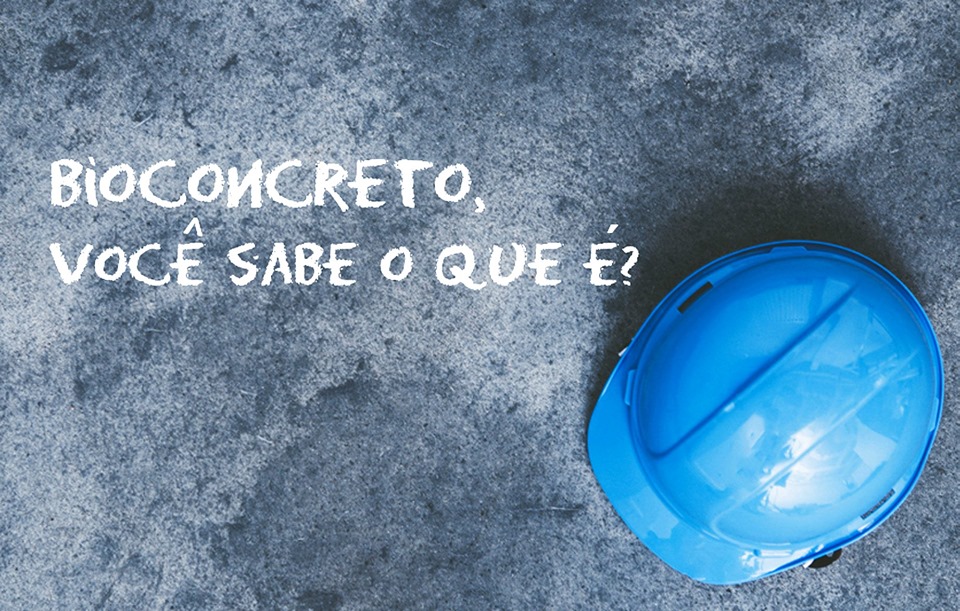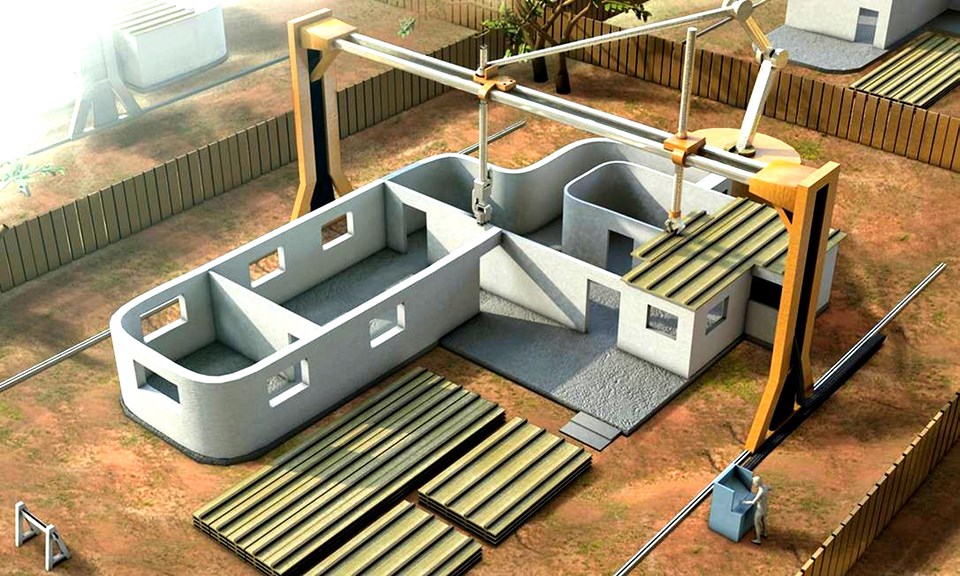The Hungarian architect Aron Lesonczi reinvented the concrete to develop translucent allowing light to pass through the point of leaving the shows the silhouette of a person or object. Strong enough to replace conventional, it's composed by 5% optical fiber, offers 70% Light passage, which makes it an environmentally sustainable solution, besides being pliable and waterproof.
Emerged fiberglass mixture with the composition of aggregates, cement, additives and water. This technology generates considerable electricity savings in the used space: houses, buildings, subway stations, museums, hotels, universities, among others.
One thing to consider is safety. After all, you can see shadows and movements outside the room at night, since the internal lights are on. Worth noting that this material, for containing optical fiber, It has fungicidal properties, that is, prevents the proliferation of fungi.
The high cost per square meter and the lack of skilled labor in Brazil are the disadvantages in the use of translucent concrete.
A model prison located in Canoas – RS, had experimental cells built with this concrete. The goal was to improve the lighting to dispense with the need for switches and lamps to be used as weapons by inmates.
lidiane Bazaglia





I liked the subject of your post, I would like to see if it is appropriate to publish on my website that it is:
http://www.planosdesaudehdm.com.br
Sds.
Hermes Dagobert
Sr. Hermes Dagobert, Thank you for your comment. It's great to know that you were satisfied with our publication.. Count on us with whatever you need. SMC Engenharia authorizes the publication of the article on its website.